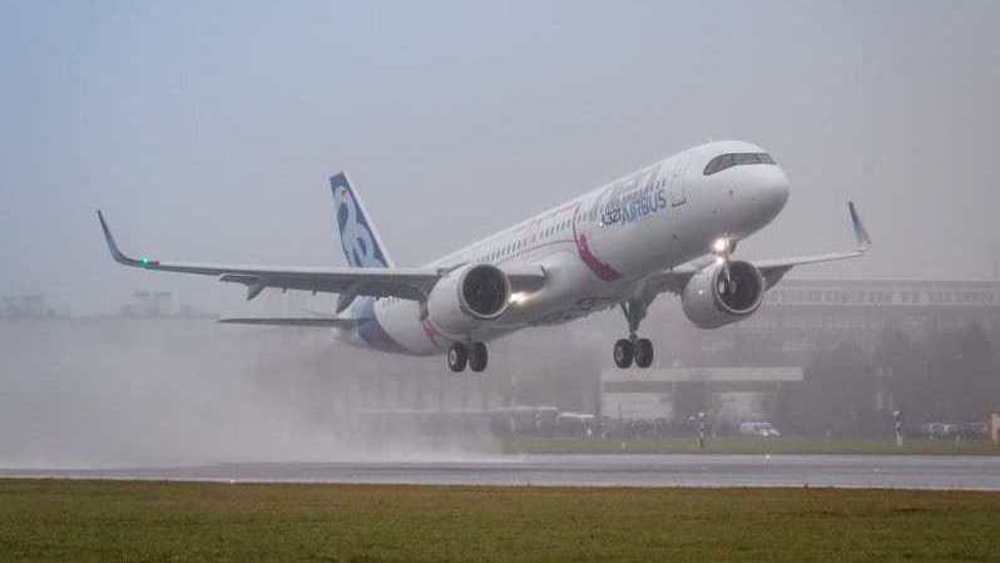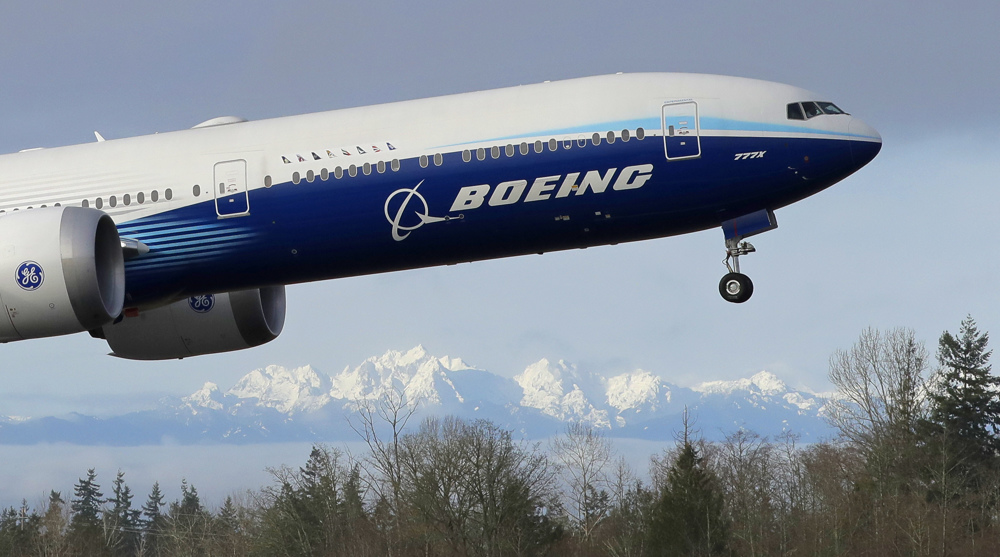US safety agency cites 'metal fatigue' in Boeing 777 incident
A key US safety regulator said Friday initial investigations confirm metal fatigue was a factor in last month's scare when a Boeing 777 engine caught fire and rained debris on houses below.
But the National Transportation Safety Board (NTSB) said it has not reached a final conclusion on the causes of the incident involving Pratt & Whitney engines.
The United Airlines flight to Hawaii returned to Denver soon after disembarking after the engine caught fire and began breaking apart.
No one was hurt in the incident, but the episode raised questions about maintenance on the jets.
The NTSB update confirmed fan blades in the engine had broken off, and said "the fracture surface was consistent with fatigue."
That confirms the agency's initial finding of metal fatigue, a weakening of the material due to stress after repeated use.
The NTSB said maintenance data for the blade with the fatigue fracture showed it had experienced 2,979 cycles -- a takeoff and landing -- since its last inspection, meaning it was a long way from its next inspection which is required every 6,500 trips.
The agency is continuing its investigation and sent the damaged fan blade “to the metallurgical laboratory at Pratt & Whitney for further examinations led by a senior NTSB metallurgist.”
Following the latest incident, Boeing 777s with the same engine were grounded worldwide, and the Federal Aviation Administration (FAA) ordered inspections of all Pratt & Whitney engines similar to the one that broke apart.
(Source: AFP)
Wife of martyred Palestinian doctor urges pressure on Israel to return his body
IranAir brings three grounded jets back to fleet
Medical conditions in Gaza remain 'as hard as ever' despite truce: MSF chief
Israel holding 32 Gaza detainees past their sentences: Advocacy group
VIDEO | Americans push for second phase, Zionists dragging feets
Iran begins trial of dual national charged with spying for Israel
Israeli forces raid UNRWA headquarters in al-Quds after UN extends mandate
Iran keen to improve trade, security cooperation with Azerbaijan: Araghchi












 This makes it easy to access the Press TV website
This makes it easy to access the Press TV website